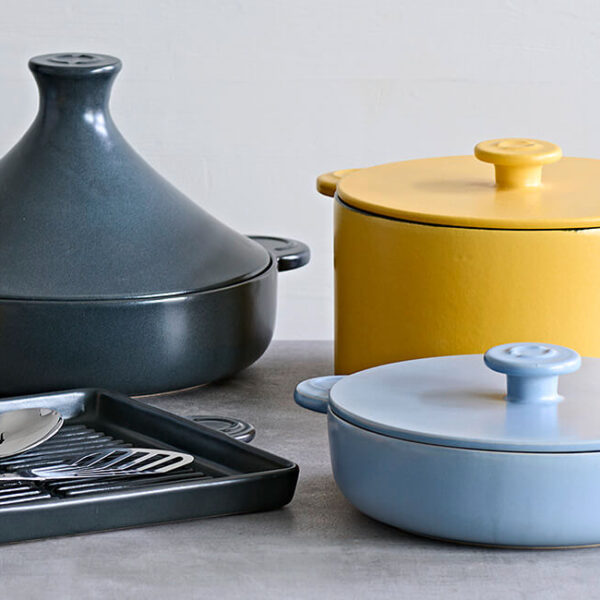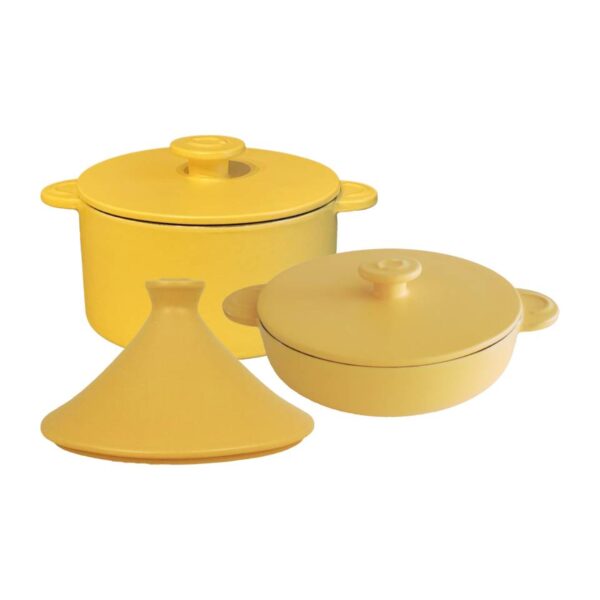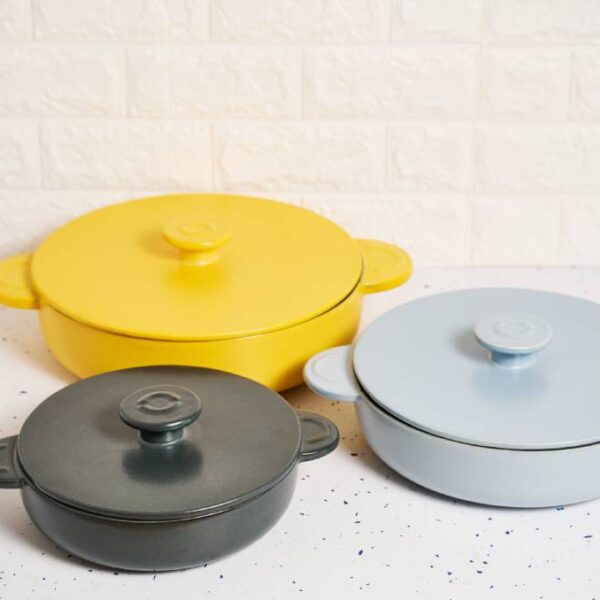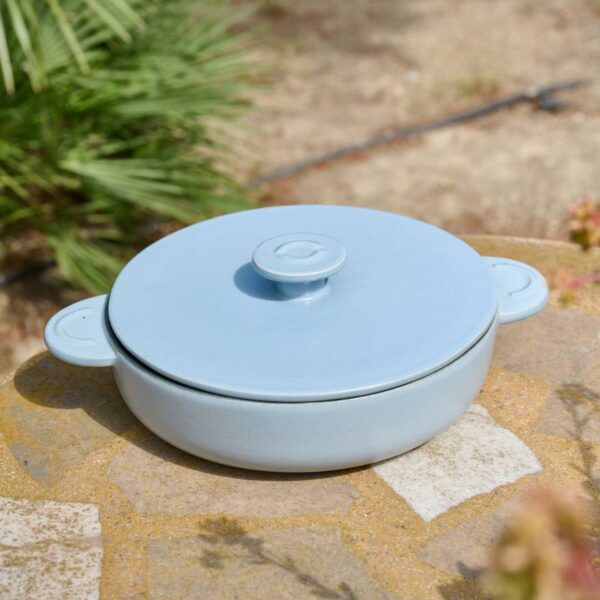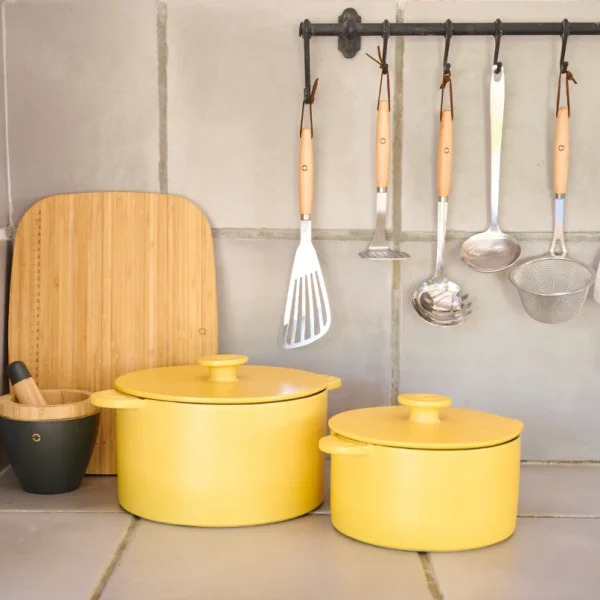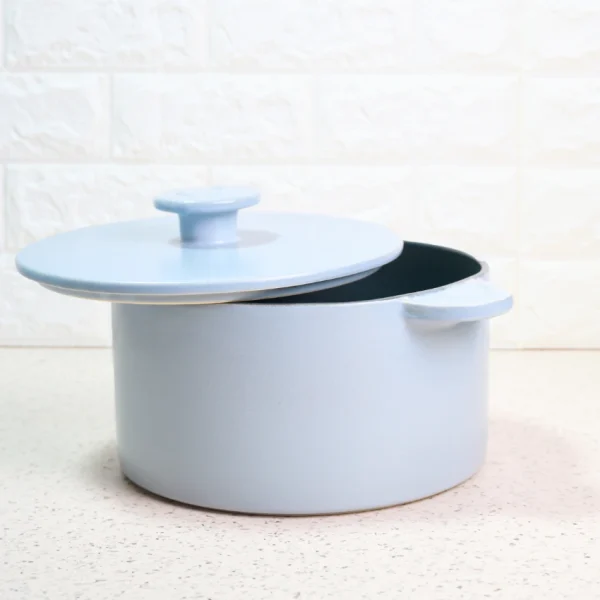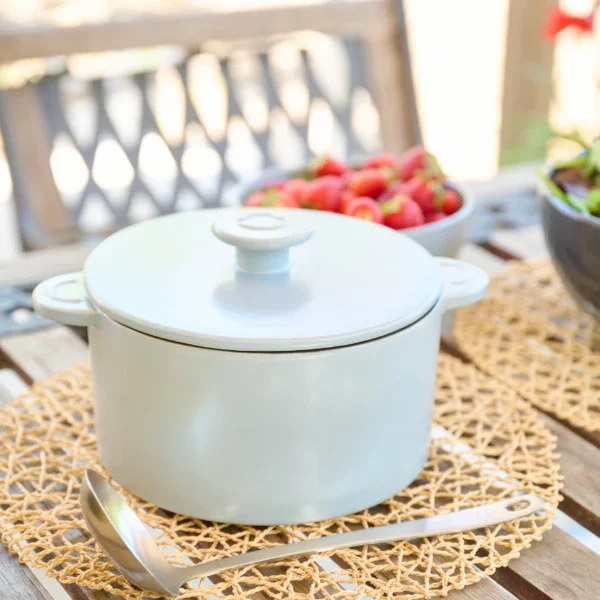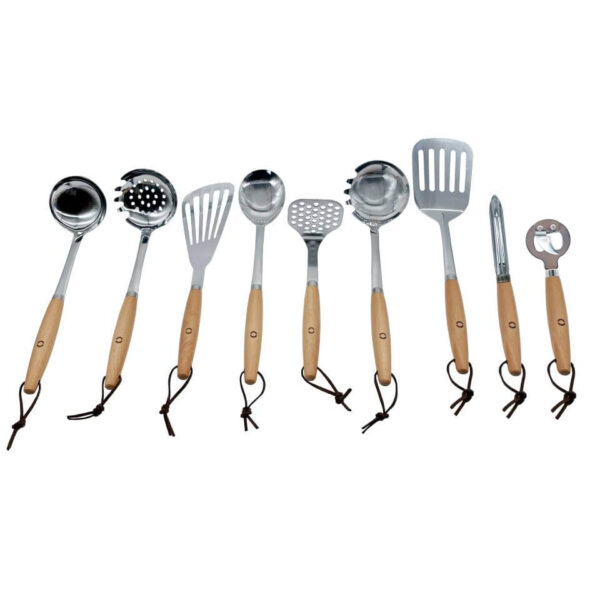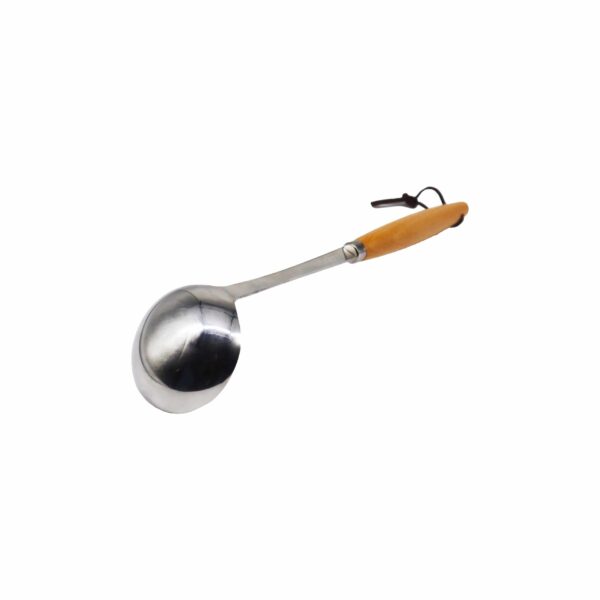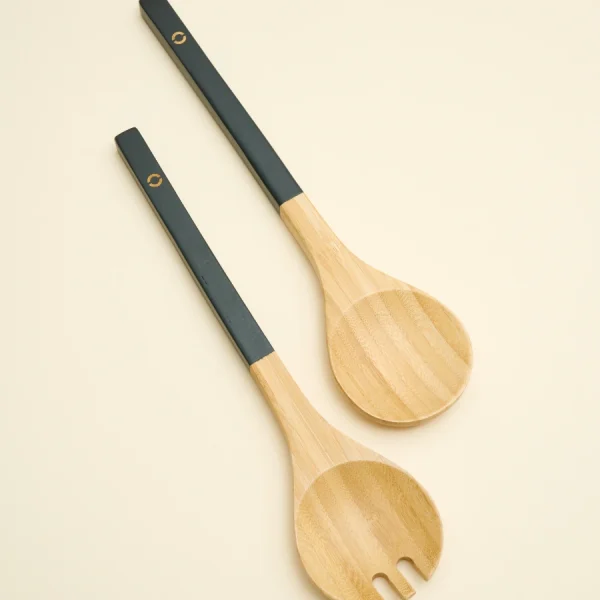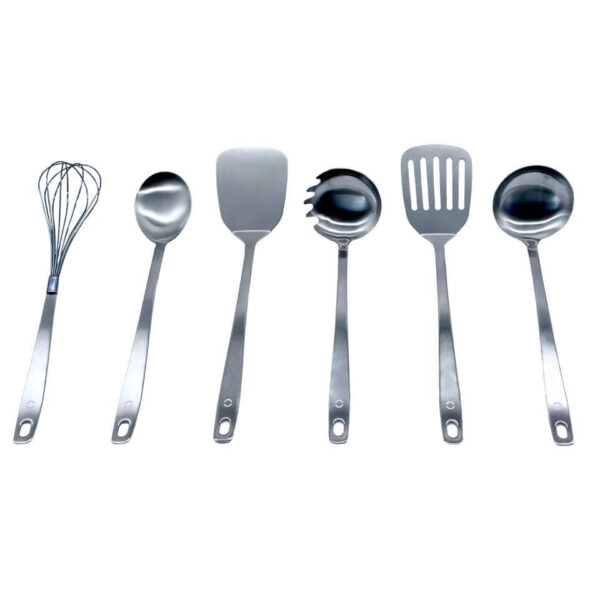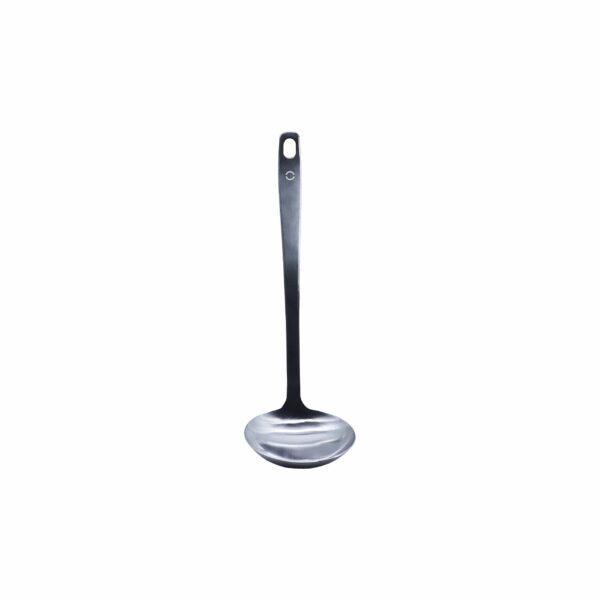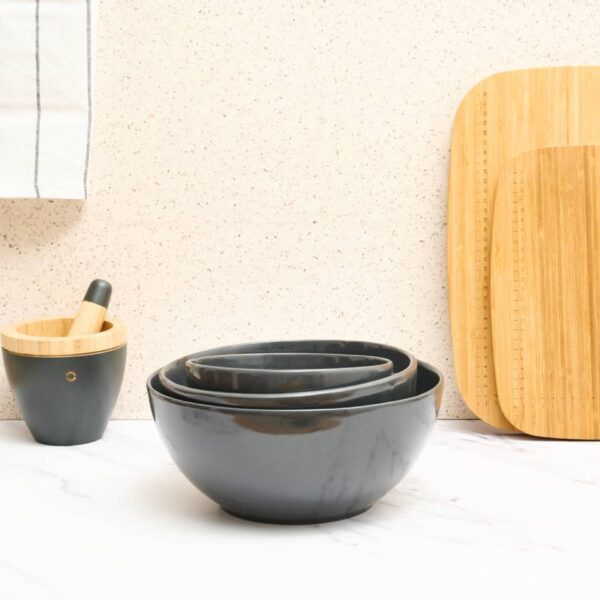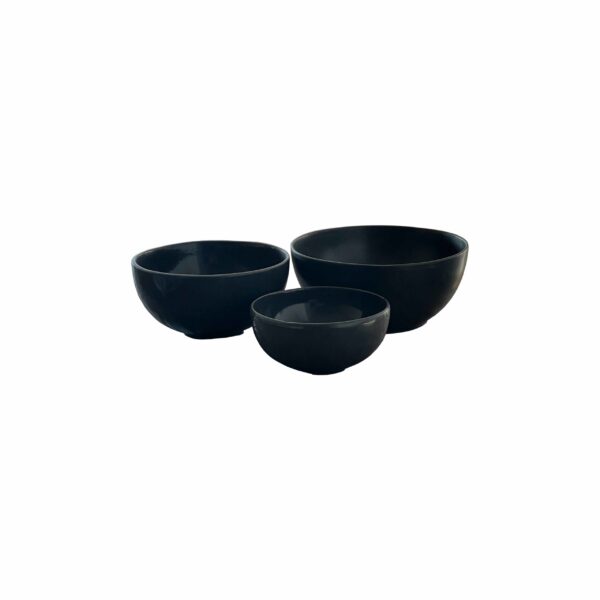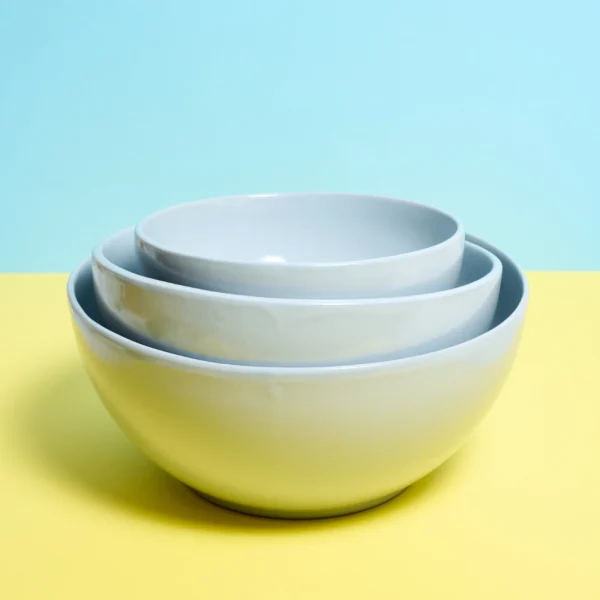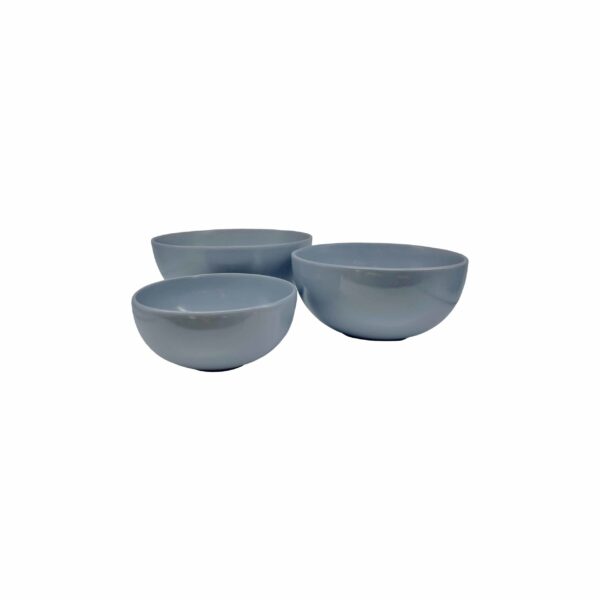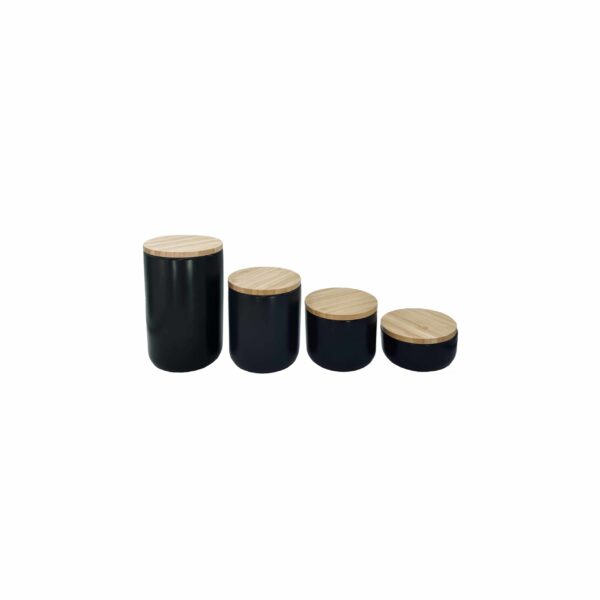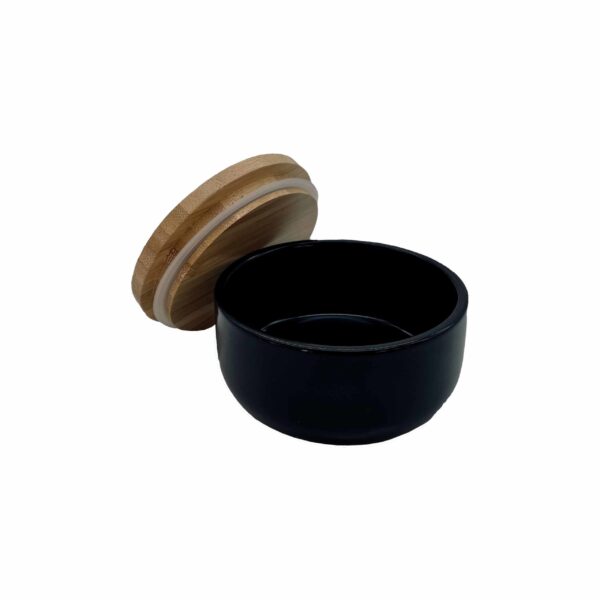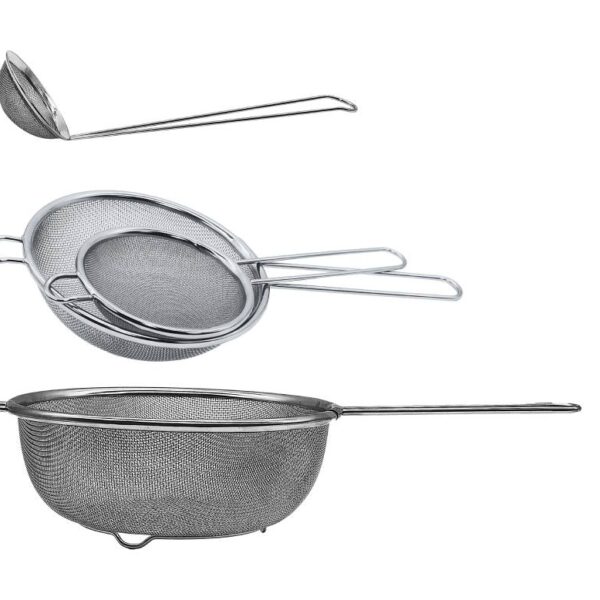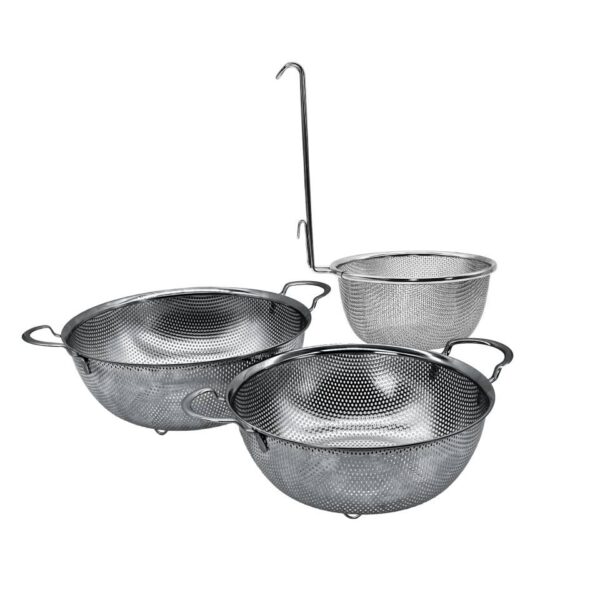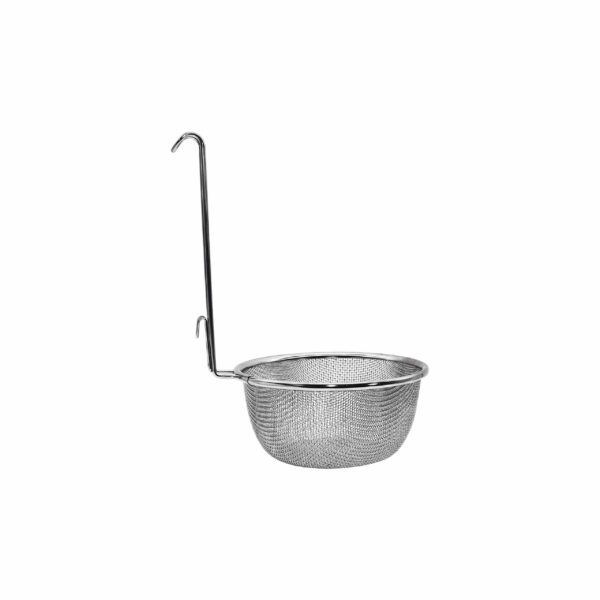Knife cuts in the kitchen
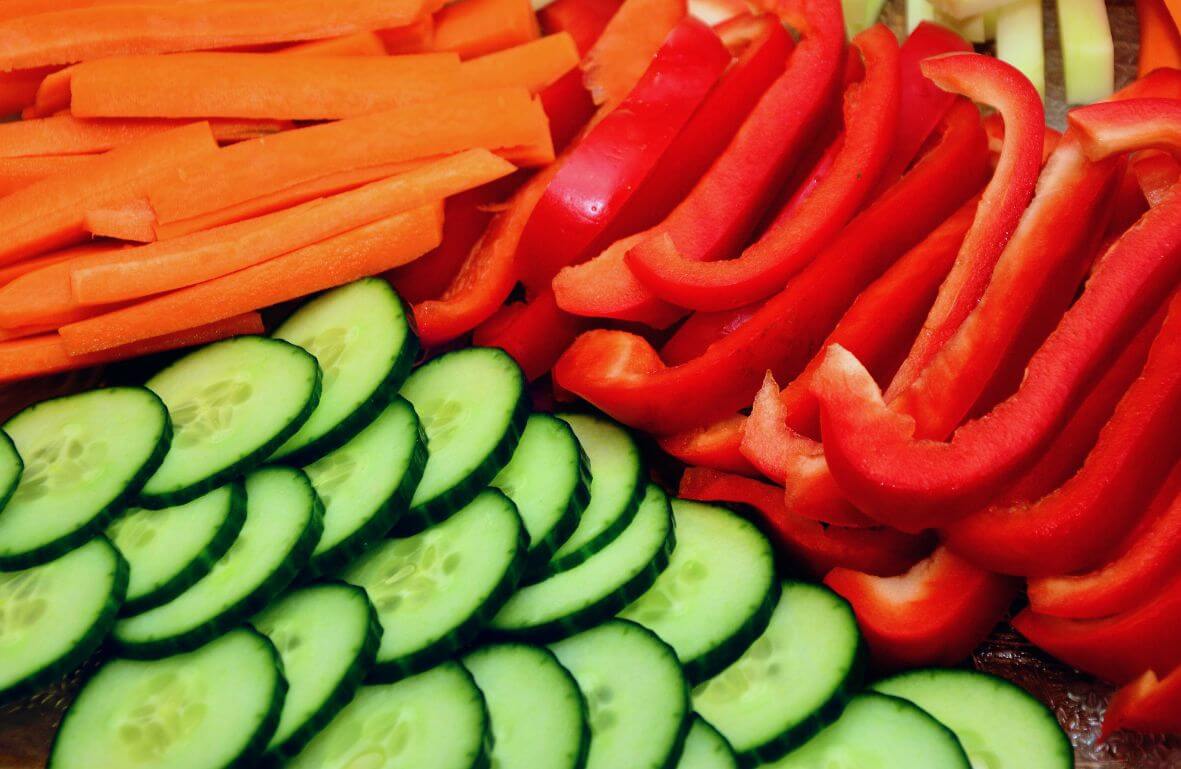
Knife cuts in the kitchen could be considered art. It is interesting to know all the different knife cuts techniques that we can use in the kitchen to achieve the desired results; with all the flavor and presentation.
In a kitchen there are countless ways of making things. It is, maybe, one of the most versatile arts out there. It allows us to achieve endless plates, textures, flavors, and smells with just a few ingredients. Specific knife cuts, cooking, mise-en-place, and side dish will change the result of any of our makings.
Probably you don’t cut an onion the same way to make a stir-fry, a soup, or an oven-baked fish. One same ingredient can and should be cut differently depending on the use, shape, or cooking you are going to apply.
There are different knife cuts for every ingredient. This cutting techniques come, in addition, together with the right knife and it can keep you from crying (or at least cry less) when cutting an onion julienne or to attain a more homogeneous texture in a fish.
How many basic knife cuts are there?
Reality is that there exist quite a few knife cuts, and mastering them require practice, skills, and the perfect knife.
It is possible that, in some occasion, you’ve found yourselves awed by watching a professional in the kitchen cutting ingredients. Those elegant movements in which it seems that the knife is made of rubber and that the fingers are in imminent but absolutely controlled danger. Mastering knife cutting techniques requires years of experience, quality, and well-sharpened knives.
Before listing the different types of knife cuts that exist, there is an important note: The first thing is to master the julienne cut, from there, the rest of the knife cuts will come along.
JULIENNE CUT
Surely the julienne cut sounds familiar to you, maybe you have used it or not, but you have heard that name before.
The julienne cut is a cut for vegetables that consists of cutting them into thin and elongated strips, about the size of matchsticks.
The ideal is to use an utility knife, with a wide blade and rounded tip.
The secret to the julienne cut is in the movement of the wrist. We must make a smooth movement from the tip of the knife to the handle while lightly sliding the vegetables under the knife.
Mastering the julienne cut is key to daring to practice the rest of the cuts, since it gives us the ability, and the necessary wrist movement, to achieve a perfect cutting technique and it is applicable to most of the other types of cuts.
BRUNOISE CUT
It is the cut for the stir-fries, as it consists of cutting the vegetables into small cubes.
The trick to getting a perfect brunoise cut is to julienne first and then dice the stripes.
We will also use an utility knife, although it can equally do the job a multipurpose knife with a narrow tip.
BATONNET CUT
The Batonnet cut is, basically, the julienne cut, but bigger, with longer and more rectangular stripes.
RONDELLE CUT
With this cut you can perfectly imagine what result we are looking to obtain. Exactly, some round-shaped slices that we can use for garnishes, salads or roasts.
MIREPOIX CUT
It is worldwide known that the French are the masters of gastronomy. We are not going to discuss this topic, but the truth is that their contributions to the kitchen are of great value and give name to many of the knife cutting techniques, preparations, sections and even figures within a kitchen.
The mirepoix cut consists of achieving one-centimeter squares in vegetables, especially to facilitate cooking.
TURNED CUT
One of the most complicated types of knife cuts, since, as its name indicates, we use the lathe technique; we turn the food while cutting.
This cutting technique requires a great deal of precision and is a classic in French cuisine.
DICE CUT
After the most complex knife cut, let’s move on to the simplest one, the dice cut A cut that we will use in vegetables that will be transformed into sauces or creams.
The vegetables will be crushed, mashed, or blended, so making a few simpler cuts, about 4 cm, is enough, we do not need to complicate ourselves any further.
And finally, the knife cutting techniques for potatoes.
Potatoes are one of the star side dishes in the kitchen, especially for the youngest members of the family, and we can prepare them in many different ways, depending on the knife cutting technique we use:
- Chips cut: thin slices.
- Straw cut: thin strips.
- Matchsticks cut: imitating the size of a match.
- Spanish cut: rectangles of 1 cm wide by 8 cm long.
- Grid cut: cut with mandolin incorporating the special blade that gives it the grid shape.
Now that you know the different knife cuts types and techniques, it’s time to practice.
And once you have your ‘mise en place’ ready, remember that with the KUOKO utensils and accessories you will be able to safely prepare your elaborations with sustainable materials, and zero waste.



